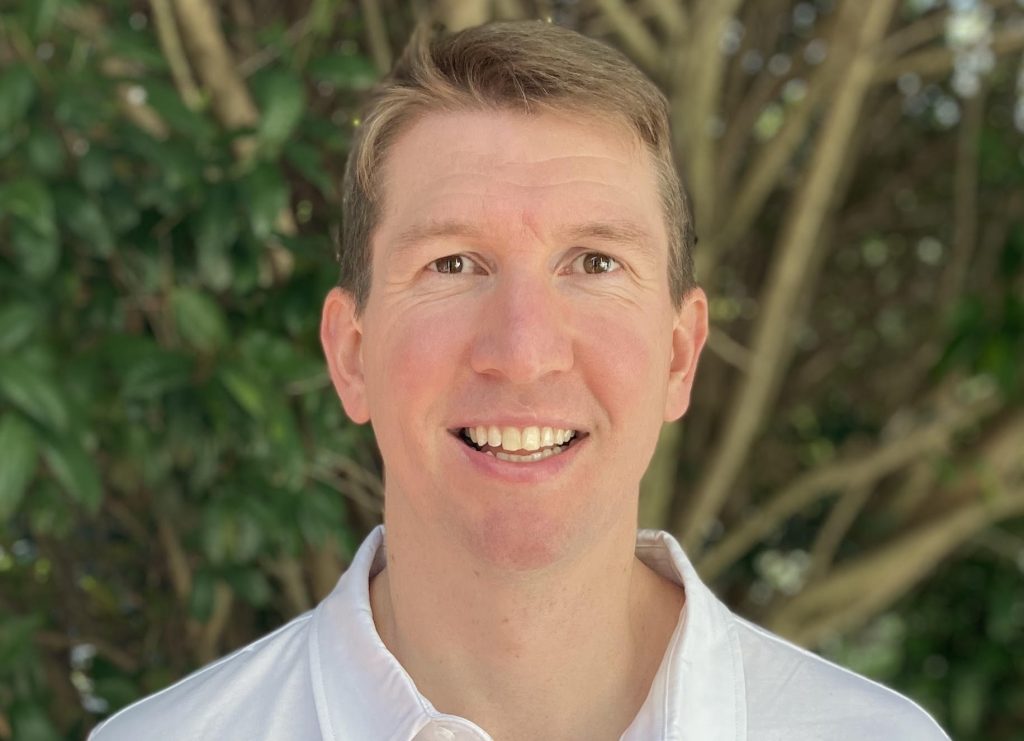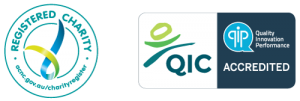
Name
Role
Co-CEO
Organisation
What are you/your organisation currently focusing on in terms of workplace health and wellbeing?
Active & Thriving is a digital behaviour change organisation. We work with our clients to embed a prevention focussed and systemic wellbeing plan at the organisation, team, and individual levels. We do this by developing a gamified wellbeing program after completing a needs assessment to understand the priority areas. Our core pillars are Mental, Physical, Social and Financial wellbeing.
What aspect of workplace health and wellbeing does your organisation do well in?
The systemic approach as we are an evidence-based organisation that is focused on creating meaningful and quantifiable improvements to wellbeing. Our technology and programs also allow us to bring clients’ wellbeing strategy to life.
What’s your biggest challenge working in workplace health and wellbeing?
Leadership commitment and understanding of the value in proactive wellbeing is still a barrier for organisations getting a strategic wellbeing plan off the ground. We emphasise educating the senior leadership group as part of the needs assessment.
How does WayAhead Workplaces add value to your organisation’s health and wellbeing program?
WayAhead provides access to a great network of people invested in prioritising health and wellbeing. The mix of wellbeing providers, internal wellbeing, safety, and HR professionals gives a balanced approach for knowledge sharing.
How do you deal with stress?
Exercise is my preferred tool for managing stress and also for maintaining a positive mindset. Recently I have also been consistent with a mindfulness practice before work every morning and this has helped reduce the feelings of ‘I have so much to do’ in the morning and maintain a high level of focus in the morning.
What are the key issues and considerations for people in workplace health and wellbeing roles?
Looking at wellbeing with a broad lens at the organisational levels and workplace factors, as well as individual factors. Most programs only focus on individual factors. Working with HR, Culture, and Safety to develop a business case that integrates into workplace practices. Following an evidence base in everything you do and mapping each initiative back to that evidence-base.
How do you switch off from work?
I work from home so it is really important that I have a noticeable full stop when the workday is done. At the end of the workday I review tomorrow’s calendar and update my to-do-list. Then I turn off the computer at 5 pm, close the office door which isn’t to be opened until the next morning, and either jump straight on the bike for a workout or play fetch with my dog Pip in the backyard. This helps leave work in the office and allows me to be more present in life and family in my down time.
What is your best time-saving tip?
You have heard it before but this time act on it. Turn off all notifications on your mobile phone and computer. Getting into a state of deep work or ‘flow state’ takes a long time and practice. Getting distracted takes seconds. Turn them all off.
What do you think the future of work health and wellness programs look like
Right now workplace wellbeing is still very young and as a consequence, it is still seen as a vitamin (nice to have) rather then a pain killer (must have) for many workplaces. As workplace wellbeing matures we will see wellbeing integrated into work practices. By integrating into daily work practices and systems wellbeing will be able to tangibly improve the psychosocial risk factors at work. Technology will play a big part in this to identify trends, risks and opportunities for improvement through targeted wellbeing interventions that are deployed in real time.


